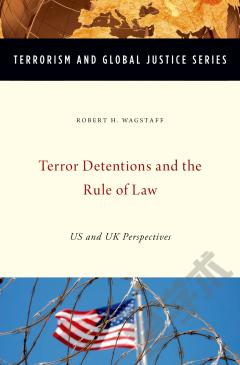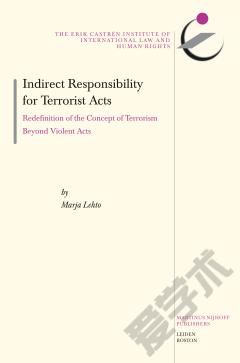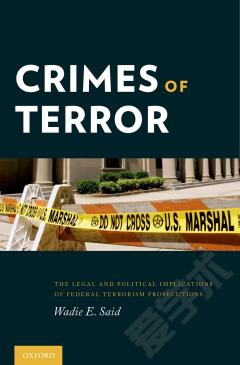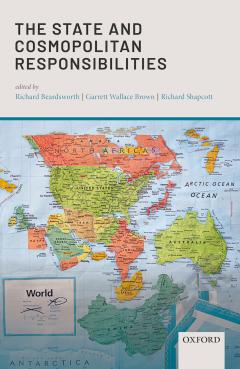Terrorism and the State —— Rethinking the Rules of State Responsibility
----- 恐怖主义与国家:国家责任规则之反思
1. Introduction 1.1 Terrorism and the State 1.2 The Law of State Responsibility for Private Acts 1.3 The Challenge of September 11th 1.4 Overview of Research Part I: State Responsibility for Private Acts: Theory and Practice 2. State Responsibility for Private Acts: The Evolution of a Doctrine 2.1 Introduction 2.2 The Origin of State Responsibility and the General Principle of Non-Attribution of Private Acts 2.3 The Doctrine of Collective Responsibility 2.4 The Theory of Complicity 2.5 The Janes Case 2.6 The Condonation Theory and the Calculation of Damage 2.7 The Separate Delict Theory 2.8 The Presentation of the Separate Delict Theory to the ILC 2.9 Conclusion 3. The Agency Paradigm: The Principle of Non-Attribution and its Exceptions 3.1 The Principle of Non-Attribution of Private Acts and the Separate Delict Theory: The ILC Text and the Claim of Universal Application. 3.2 Recent Applications of the Separate Delict Theory 3.3 The Exceptions 3.4 Conclusion Part II State Responsibility for Private Acts of Terrorism: Conventional Perspectives 4. To Prevent and to Abstain: International Obligations of States with Respect to Terrorism 4.1 Introduction 4.2 Towards a Definition of Terrorism 4.3 Counter-Terrorism Obligations of the State: The Duty to Prevent and to Abstain 4.4 The Standard of Care and the Burden of Proof: Determining State Responsibility for Violations of Counter-Terrorism Obligations 4.5 Conclusion 5. State Responsibility for Private Acts of Terrorism 5.1 A Distinction with a Difference 5.2 State Resonsibility for Private Acts of Terrorism before September 11: Three Theories 5.3 Use of Force as Lex Specialis 5.4 State Practice before September 11th 5.5 Conclusion 6. The Challenge of September 11th and the Academic Response 6.1 September 11th and the International Reaction 6.2 The Academic Response 6.3 Conclusion: The Dissonance between Theory and Practice 7. Inadequacies of Existing Approaches to State Responsibility for Terrorism 7.1 Introduction 7.2 Contemporary Forms of State Involvement in Terrorism 7.3 The Inadequacies of the Agency Paradigm 7.4 The Inadequacies of Use of Force Standards 7.5 The Inadequacies of Absolute or Strict Responsibility 7.6 Towards a Model of State Responsibility for Terrorism: The Inter-penetration of the Public and Private Sphere 7.7 Conclusion Part III: State Responsibility for Terrorism: A Causal Analysis 8. Causation-based Responsibility 8.1 Introduction: Agency and Causation 8.2 A Word about Private Law Analogies 8.3 Common Sense Causation: Some Basic Principles 8.4 Echoes of Causation-based Responsibility in International Law 8.5 Conclusion 9.Causation-based State Responsibility for Terrorism 9.1 Introduction 9.2 A Causal Model of State Responsibility for Terrorism: Applying a Four-step Process 9.3 Returning to the Problem of Burden of Proof 9.4 Testing the Practical Viability of a Causal Model 9.5 Conclusion: The Policy Benefits of a Causal Model and its Status under International Law
{{comment.content}}








 京公网安备 11010802027623号
京公网安备 11010802027623号